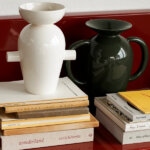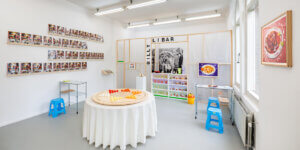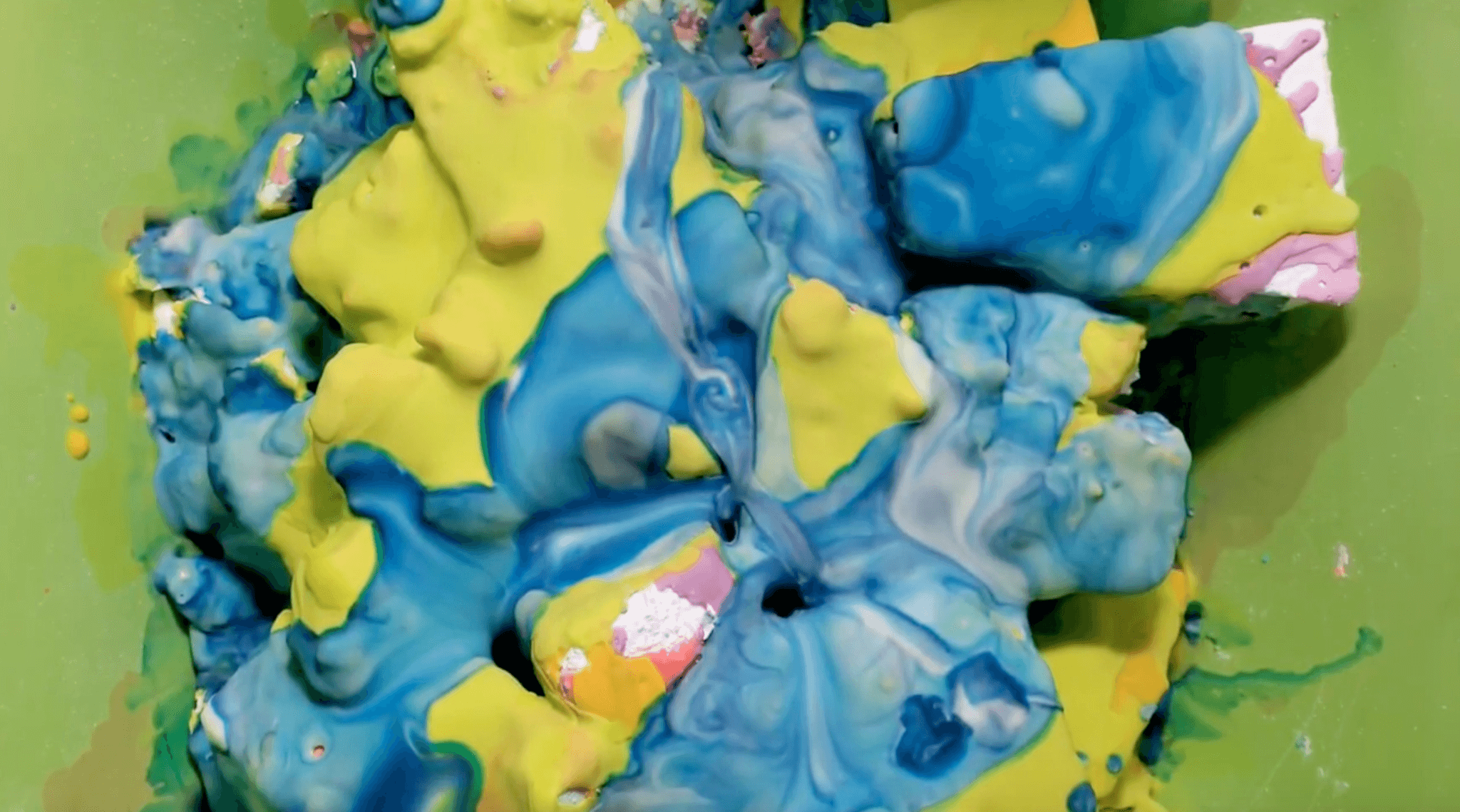Spring has brought not only colorful flowers but also a flourishing of cultural events everywhere, offering a refreshing break from the city’s wintertime gloom. Recently attending some art gatherings, I’ve been struck by how is curation, the term itself, being used. This widespread adoption prompts me to reflect on its significance in popular discourse and its implications for professionals in art, design, and photography.
In today’s colloquial language, curating has become a buzzword denoting the careful selection, organization, and presentation of content. Whether in physical or digital spaces, curators immerse themselves in specific domains, sifting through vast amounts of information to offer curated collections that are timely, relevant, and aesthetically pleasing. They infuse their selections with a unique perspective, providing valuable context and fostering engagement with their audience.
As a magazine enthusiast, I find immense satisfaction in curating collections that not only captivate visually but also stimulate curiosity. Art-curated volumes—often referred to as “coffee table books” (though this term can be perceived pejoratively)—display captivating visuals and compelling narratives, adorning living rooms and offices worldwide. Their curation offers more than just reading material; they provide an immersive experience.
From art-curated books to curated spaces
While art-curated books have traditionally been considered niche and expensive investments, there’s been a growing interest in them in recent years. Some clothing stores have started to recreate communal spaces inside their clothing stores, where readers can interact with physical books, fostering a sense of connection and tactile engagement that online platforms cannot replicate.
Collaborations like the partnership between ARKET and Apartamento, hosting an itinerant pop-up bookshop featuring curated literature, exemplify efforts to make niche articles more accessible to a broader audience. Titles range from recipe collections by Copenhagen chefs to photographic explorations of the homes of Salvador Dalíand Xavier Corberó. As the pop-up bookshop traverses metropolitan European cities, spotlighting carefully selected literature on diverse subjects, it embodies a cultural shift towards mainstream appreciation of curation.
In parallel with the resurgence of physical curation, we’ve also witnessed a corresponding rise in digital moodboards on platforms like Pinterest, Tumblr, and Instagram. These online spaces serve as curated collections of images, reflecting a broader cultural shift towards mainstream appreciation of curation. The popularity of curated visual content on these platforms underscores a widespread appetite for aesthetically pleasing arrangements of diverse imagery. They represent opportunities for exchange, exploration, and self-expression. Whether physically or digitally, curated spaces provide a platform for creativity, inspiration, and connection in our contemporary world.
At this point, the question how is curation evolved arises: is your Instagram friend with 20k followers genuinely “curating” their page, or are they simply reposting black and white pictures stolen from Pinterest? It’s crucial to acknowledge the multifaceted nature of curation. For professionals, it involves a nuanced approach encompassing research, idea development, refinement, project management, and budgeting, among other aspects. Not all online curators on platforms like Pinterest, Tumblr, or Instagram may engage in these activities to the same extent. While some may apply similar skills and thoroughness to their online curation efforts, others may prioritize aesthetic appeal over deeper thought or analysis. Thus, it’s essential to recognize the diversity of approaches within the realm of curation and refrain from making sweeping generalizations.
In conclusion, the evolving landscape of curation offers both challenges and opportunities for professionals in art, design, and photography. By embracing the nuances of curation and acknowledging its varied manifestations, we can better appreciate its role in shaping our cultural experiences.
*Header: image product by &Tradition




























